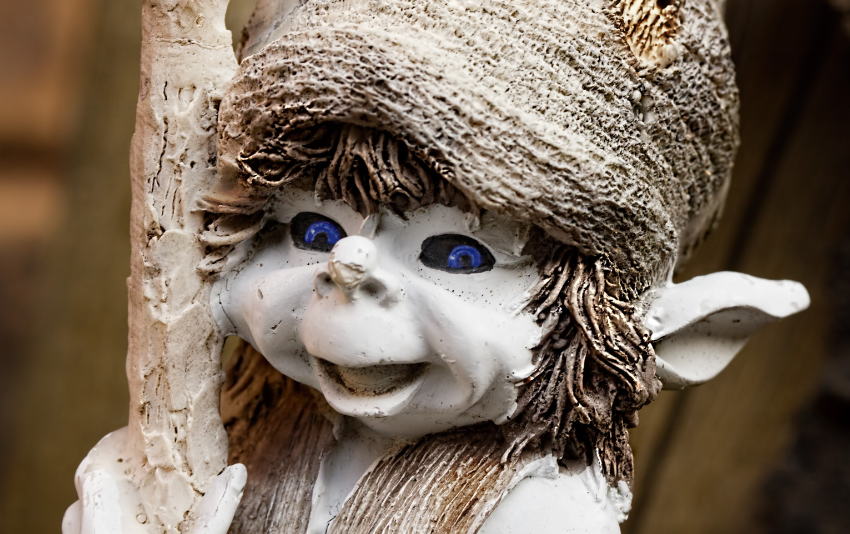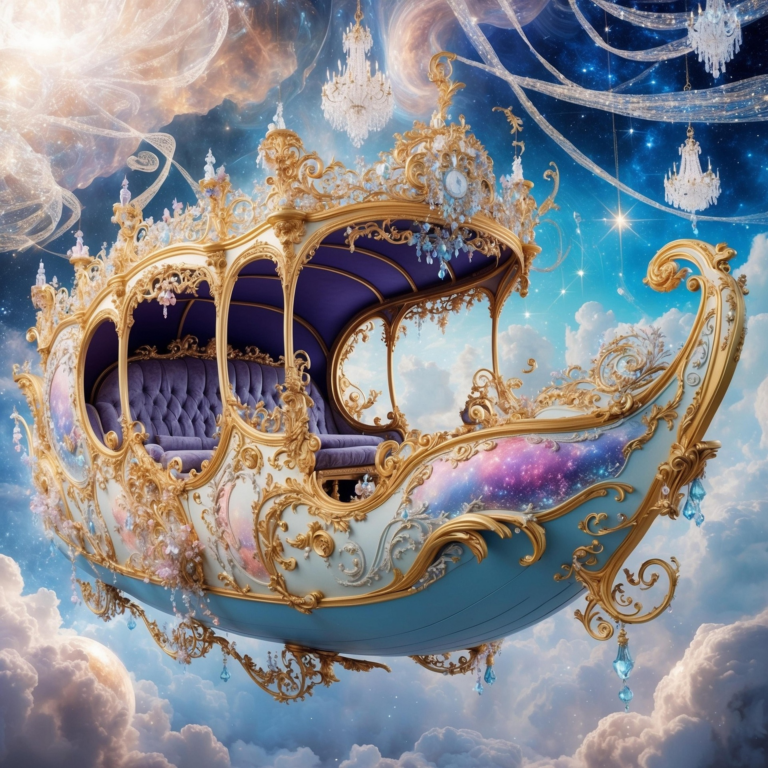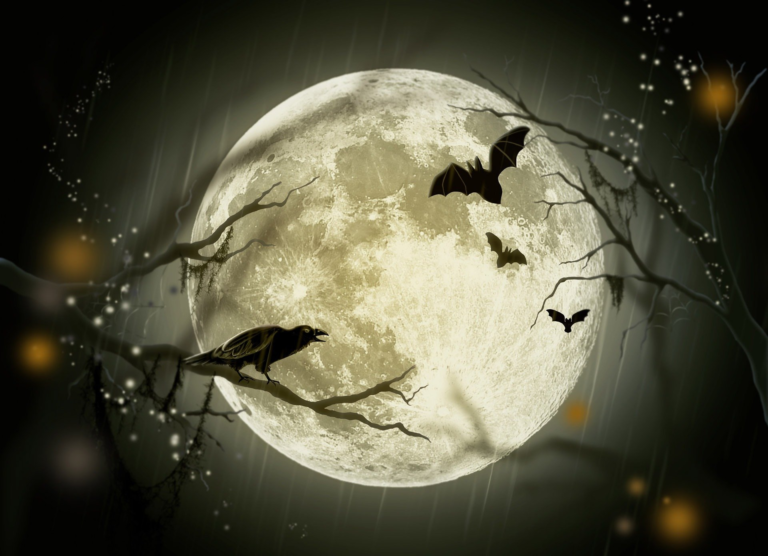
Four is too much.
Two, too few.
But three elements are just right.
Not too complex.
Not too simple.
Three make a magical pattern.
A fun way to think about the rule of three—one that doesn’t involve celebrity deaths or other sorts of bad luck—is in children’s fairy tales.
The Three Little Pigs, The Three Bears, The Three Billy Goats Gruff.
But other fairy tales use the rule of three, too.
Look at Rumpelstiltskin.
A princess is locked in three progressively larger rooms to spin greater and greater quantities of straw into gold.
Three times Rumpelstiltskin saves her by doing the spinning in exchange for some treasure.
On the third visit, the princess has nothing to give him.
So he tells her he wants her first born when she is queen.
Of course, upon becoming queen and having her first baby, she doesn’t want to give it up.
So Rumpelstiltskin gives her three chances to tell him his name.
Third time’s the charm.
I’m studying a lot of fairy tales because A) they’re classics for a reason, and B) they’re excellent studies in plotting and characterization and theme (look there, another three things).
PLOT: If you want to know how to plot a basic story, read a fairy tale.
The story starts with the ho-hum, regular life of the main character who is then thrown into some horrid, over-the-top situation.
After trying two solutions to get out of the situation and failing, the hero is successful on the third try.
Then everyone lives happily ever after.
By the way, they don’t just live happily.
They live happily (1) ever (2) after (3).
CHARACTERIZATION: Thinking back on the fairy tales you knew as a child, you can probably bring an image to mind right away of the characters.
Sleeping Beauty.
Prince Charming.
How about Hansel and Gretel and the wicked old lady in the confectionary house?
What about those little piggies?
Or the wolf?
Snow White?
The seven dwarves?*
You get the picture.
How did the authors cement those characters in your brain for all these decades?
The names, for one thing.
Plus each character had at least one specific and memorable feature.
That’s the sign of good characterization.
Writers don’t tend to spend a lot of words on their characters’ physical characteristics.
Unless they’re important, that is.
But a good writer will give the reader at least one memorable quality or quirk—a constant gesture, a limp, or a phrase that the character always says, for example.
THEME: Theme is different from the moral of the story, although they do seem to get tangled.
In fairy tales, theme is so obvious.
A theme is Good vs Evil (Snow White).
The Underdog (Jack and the Beanstalk).
Jealousy (Cinderella, Sleeping Beauty).
Self-reliance (Hansel and Gretl).
Perseverance (The Three Pigs).
You’ll also find greed, poverty, resourcefulness, respect, friendship and plenty other themes.
Fairy tales are a hotbed of themes, often incorporating more than one.
So if you want to write fiction, study fairy tales.
How’s that for a fun assignment?
Need some “textbooks”?
Try The Complete Grimm’s Fairytales by Jacob Grimm and Hans Christian
If you just want to tell an entertaining story to your family over dinner, use the rule of three for the plot, choose a memorable element to describe the people, and remember your theme.
Hint: Stories about underdogs, perseverance, and self-reliance are very popular.
*(In case you’re wondering, the rule of seven is just about as awesome as the rule of three. It applies to phone numbers, management and leadership, marketing, and learning.)
Until next week,
~ Gail
Before you go, don’t forget to sign up for my mailing list, below:





Wow, loved the blog content today. I knew about the rule of 3, but your explanation was incredible. I especially liked your presentation of “theme.”
Hi Sherry,
Thank you! That rule seems to make everything so “easy.” I’m glad you found it helpful. Hugs to you.